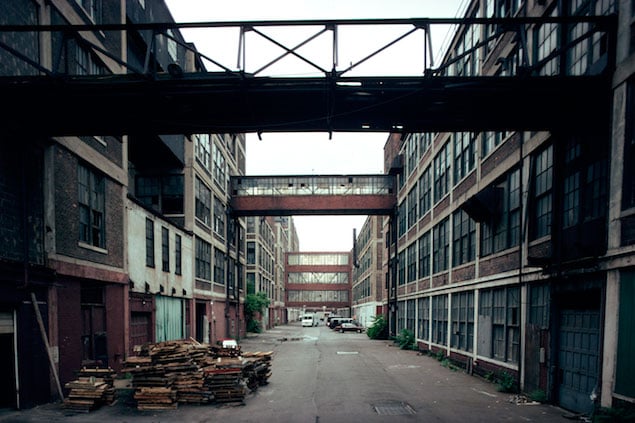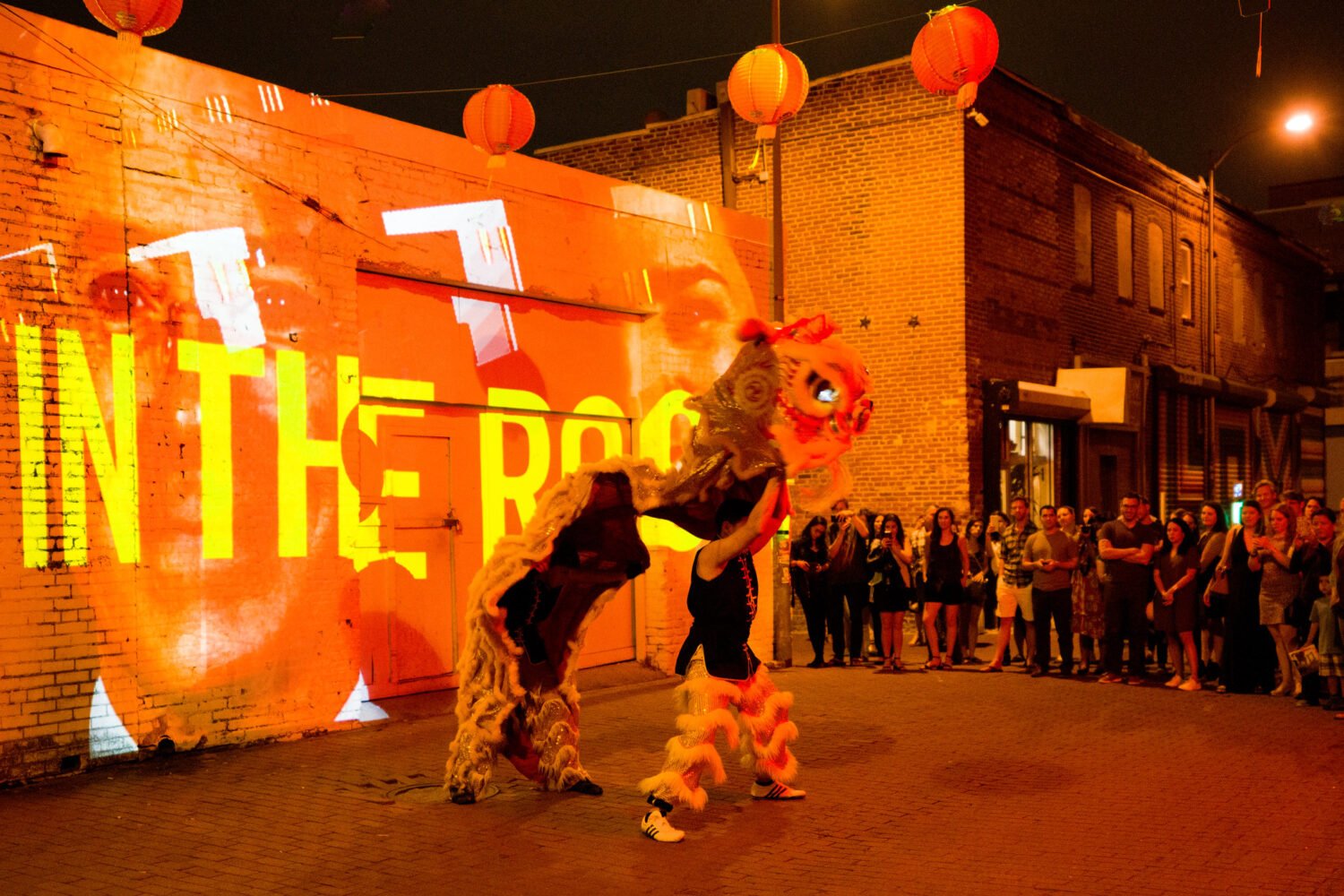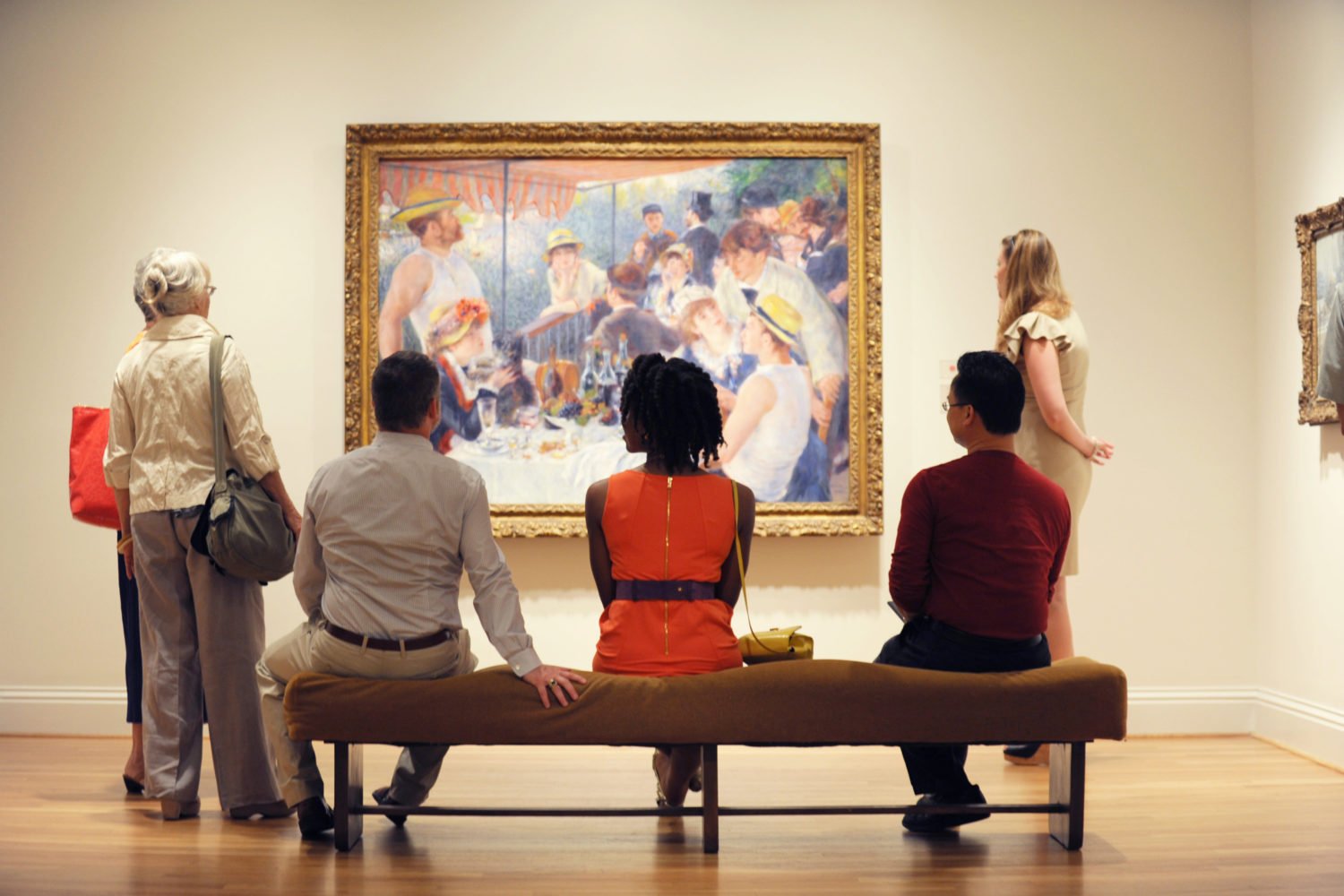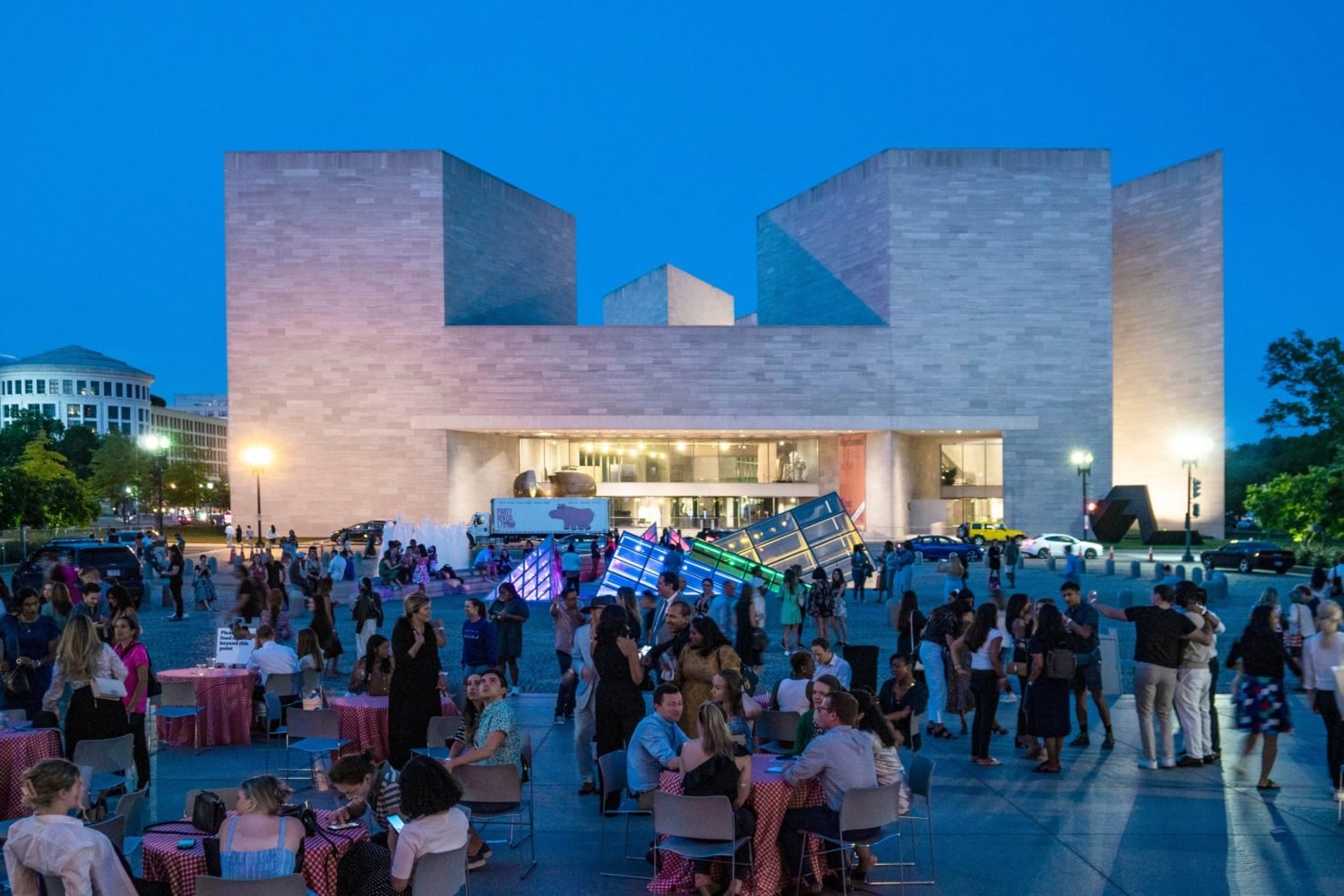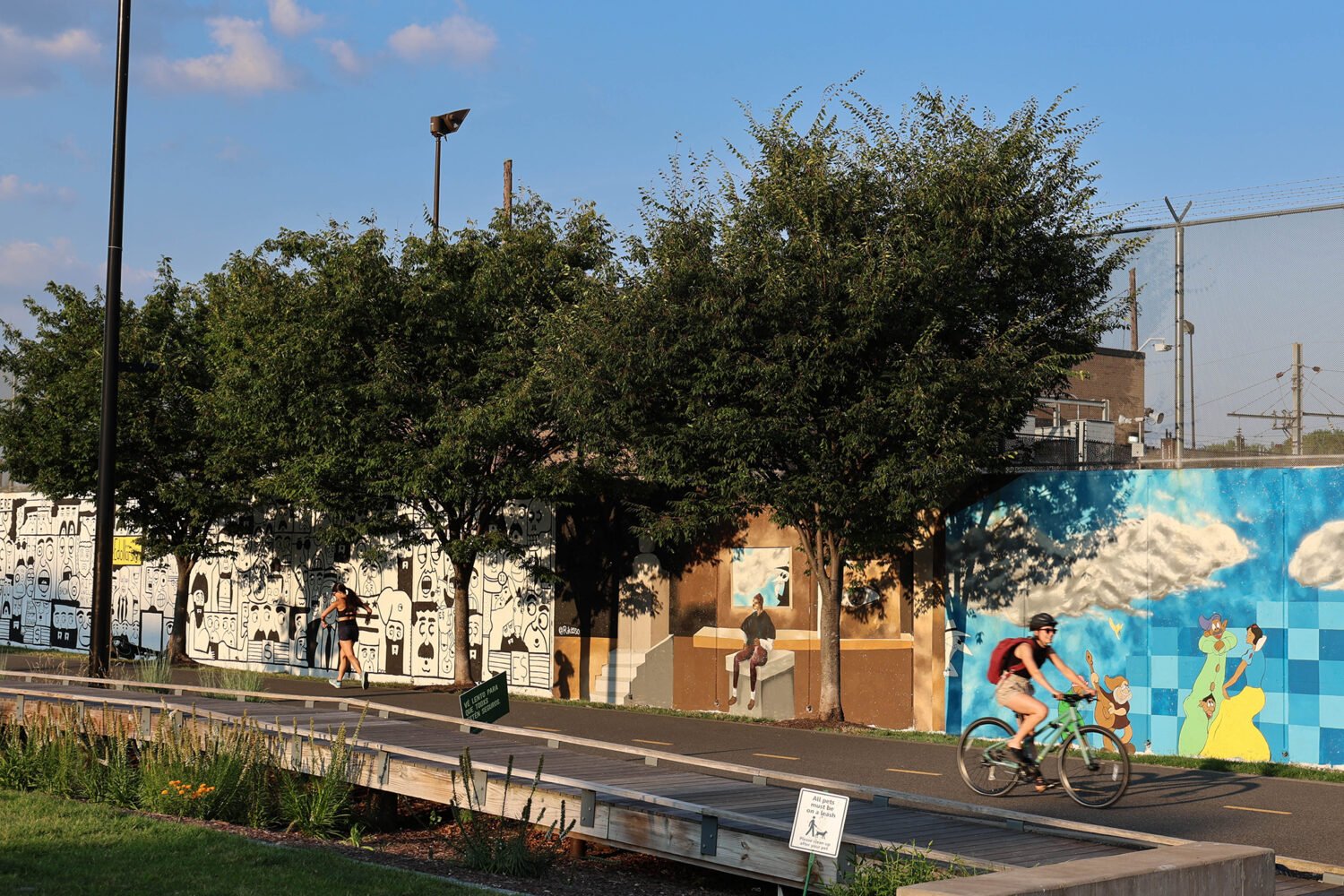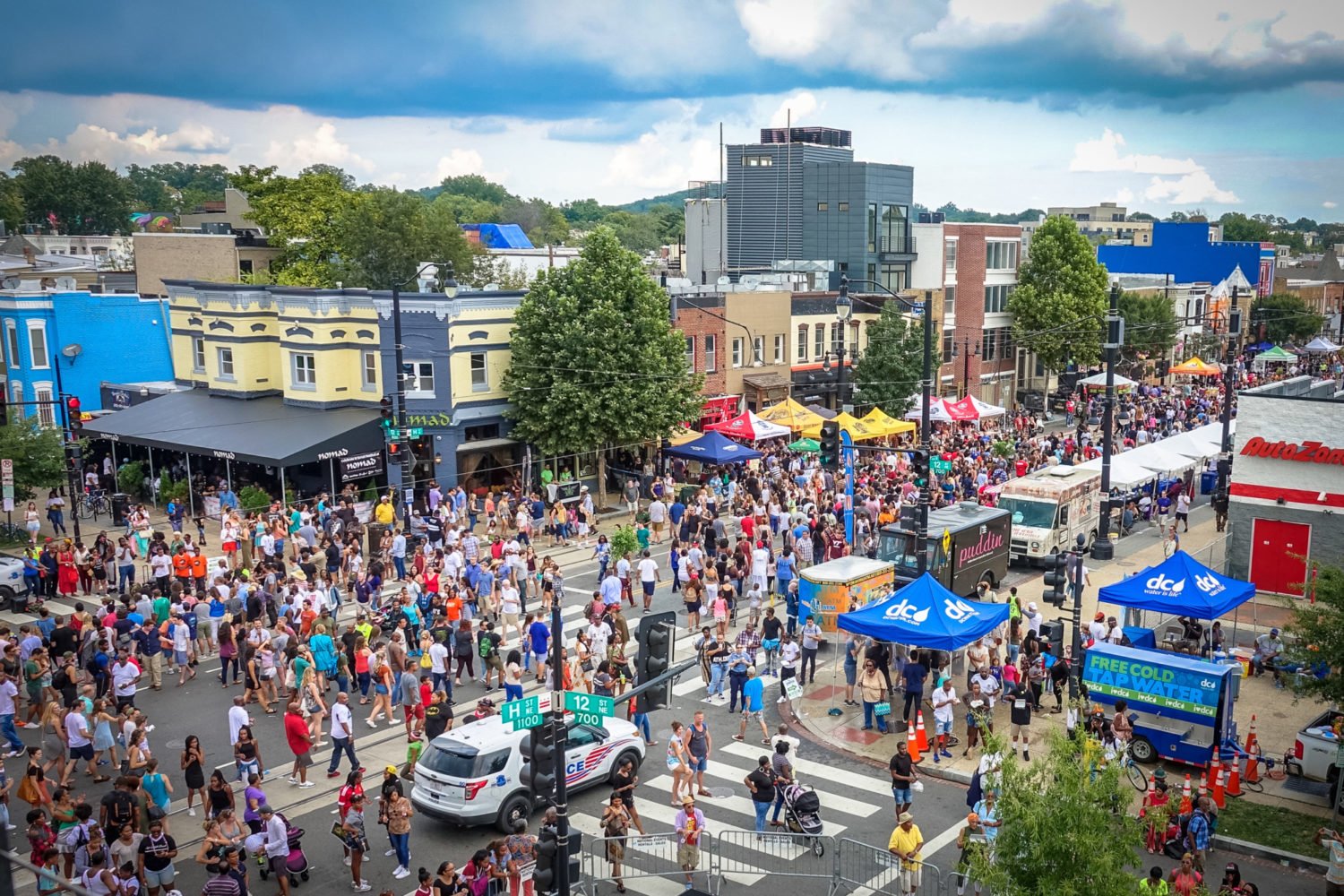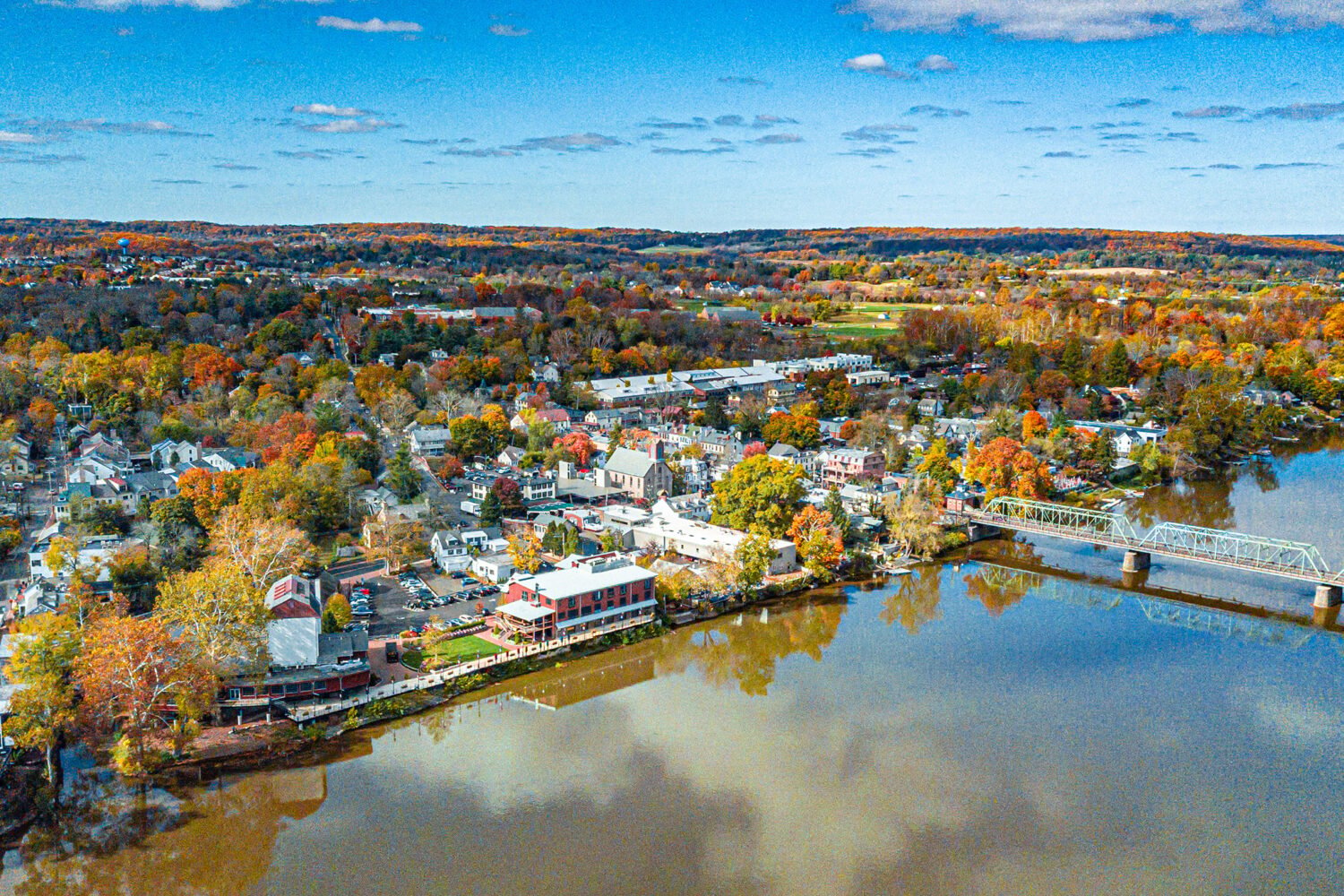Detroit is an example of what DC could have been, if the presence of the federal government
hadn’t provided an industry impervious to economic gloom. Both cities were left pockmarked
and fire-scarred by riots in the late ’60s, but while DC eventually recovered, Detroit
now has 40 percent of the population it did in the 1950s—and the empty landmarks to
prove it.
The city’s decline is explored in two new photography exhibitions at the National
Building Museum, but the takeaway from both shows is, strangely, a sense of beauty.
Chilean-born photographer, writer, and filmmaker
Camilo José Vergara has captured 25 years of the city’s history in “Detroit Is No Dry Bones,” an exhibition
that reverberates with Vergara’s obvious attachment to the place’s gorgeous ruins
(he calls Michigan Central Station “America’s Parthenon”). “Detroit Disassembled,”
a series of large-scale photographs by
Andrew Moore, feels much more bereft, documenting a city that feels largely empty of occupants.
It’s impossible to look at the five-foot prints without thinking of the weed-ridden
New York in
I Am Legend or the bedraggled landmarks in post-apocalyptic TV shows.
It’s easy to see why photographers and filmmakers flock to Detroit—it’s a fascinating
backdrop. Landscapes are studded with empty holes where buildings used to be, and
graffiti artists and urban warriors have taken it upon themselves to make the city
their canvas, painting dilapidated buildings in vibrant shades or pink and orange
and covering walls with murals. In one extraordinary photograph, “Willie’s Garage,”
Vergara captures a square building that’s been gussied up in red, white, and blue
by a group of homeless citizens. Slogans brag about truck washes and steam cleaning,
while various images (a cactus, a cowboy hat, a boat) seem to proclaim American exceptionalism.
The building is even adorned with bunting, which adds to the celebratory feel even
in a landscape that’s utterly desolate.
While Vergara often compares multiple images of the same spot, allowing us to see
how the city’s decline and rise has been cyclical for many decades, the sense of hope
that pervades the second half of his exhibition is more powerful. “DETROIT IS NO DRY
BONES/DETROIT YOU SHALL LIVE” screams one photograph, in an image of graffiti painted
(naturally) by visiting women artists from Amsterdam. Between the green shoots peeking
up from blighted ruins, the solitary cyclist riding underneath a billboard for a Norman
Rockwell exhibition, and the cheerfully painted buildings, you get the sense that
life continues, even thrives, despite the disrepair.
Moore’s “Detroit Disassembled” is less hopeful but no less beautiful. His Detroit
feels like it was forsaken at a moment’s notice, as captured in images of an abandoned
videoconferencing room at Chase Tower and an empty FBI shooting gallery, where bullet
holes still mark the comically mustachioed model. One photograph of a chemistry lab
in the Cass Technical High School even has drawers lying ajar, as if people rooted
through them in a hurry before jumping ship. Looking up at the large-scale prints
feels all-encompassing, as if you too are now a silent witness to this empty city,
in all its decaying grandeur.
“Detroit Is No Dry Bones” by Camilo José Vergara and “Detroit Disassembled” by Andrew
Moore run September 30 through February 18 at the National Building Museum. For more
information, visit the museum’s website.

